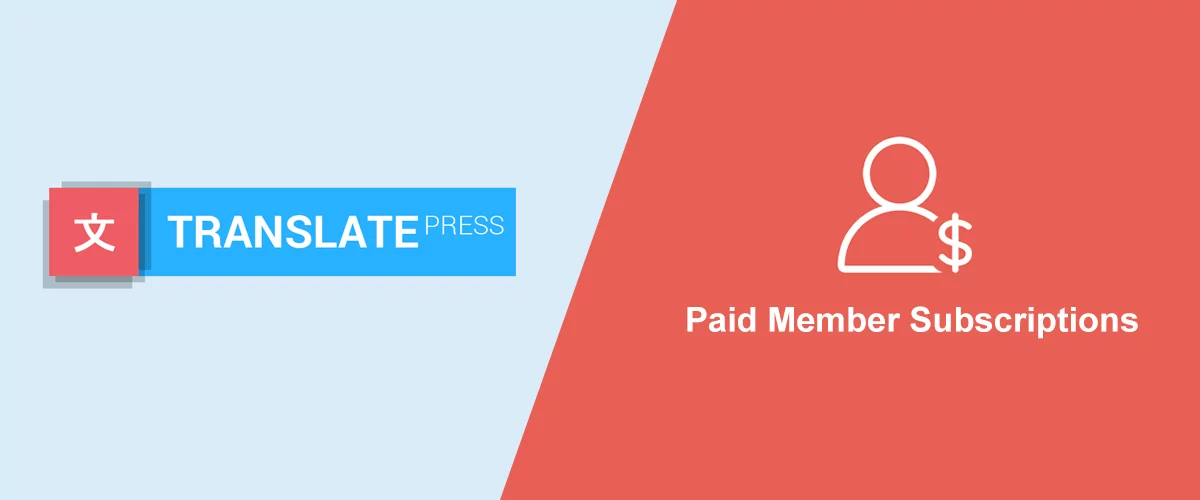
How to Create a Multilingual Membership Site on WordPress
If you want to grow your membership website and open your audience to people in a whole new language, creating a multilingual membership site is a great decision. By offering your membership site in multiple languages, you not only expand your potential audience, but you also make it easy for existing multilingual members to use […]
Continue Reading
How to Translate an Elementor Site the Easy Way on WordPress
Looking for a simple way to translate an Elementor site and go multilingual? Elementor is one of the most popular WordPress page builders for a reason – it lets you use a visual, drag-and-drop interface to design beautiful content without requiring any special technical knowledge. You can create landing pages, popups, and even design your […]
Continue Reading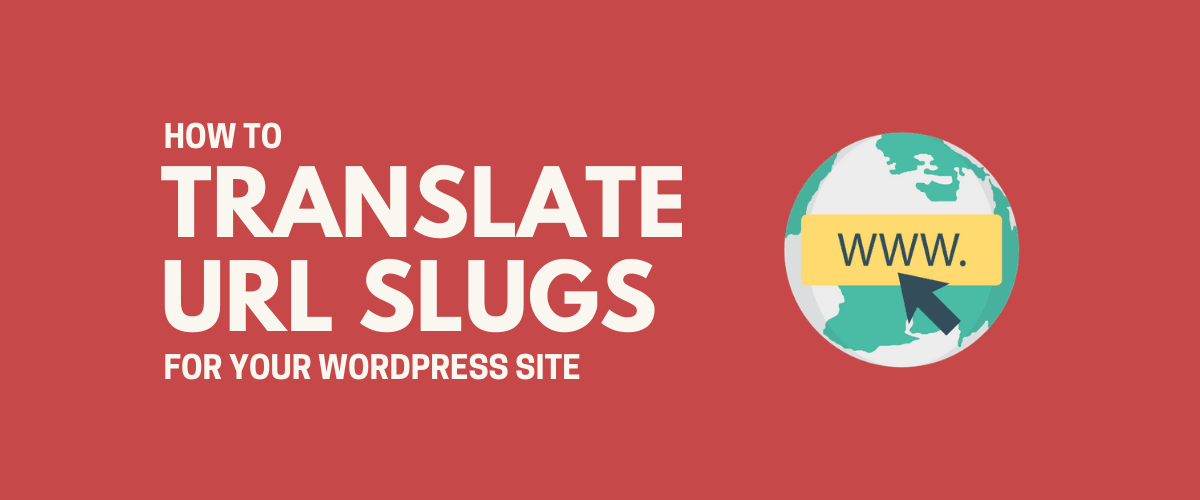
How to Translate URL Slugs for Your WordPress Site
A slug is the user-friendly part of the URL that tells site visitors what a page is about. For example, this article’s URL is https://translatepress.com/blog/translating-url-slugs and the slug is simply “translating-url-slugs.” So you would assume the page is about translating URL slugs, and you would be right. But what if the URL slug is in […]
Continue Reading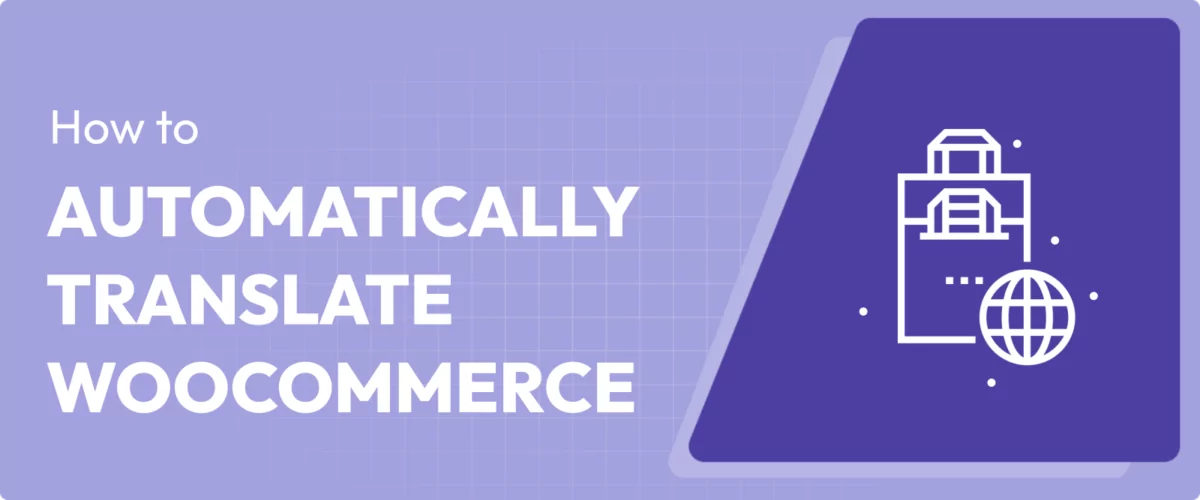
How to Automatically Translate WooCommerce (Fast and Cheap)
If you want to create a multilingual eCommerce store, learning how to automatically translate WooCommerce can save you a ton of time and money. Rather than painstakingly translating each product detail from scratch, you can use machine translation to create your baseline translations and then go back and manually refine them as needed. In this […]
Continue Reading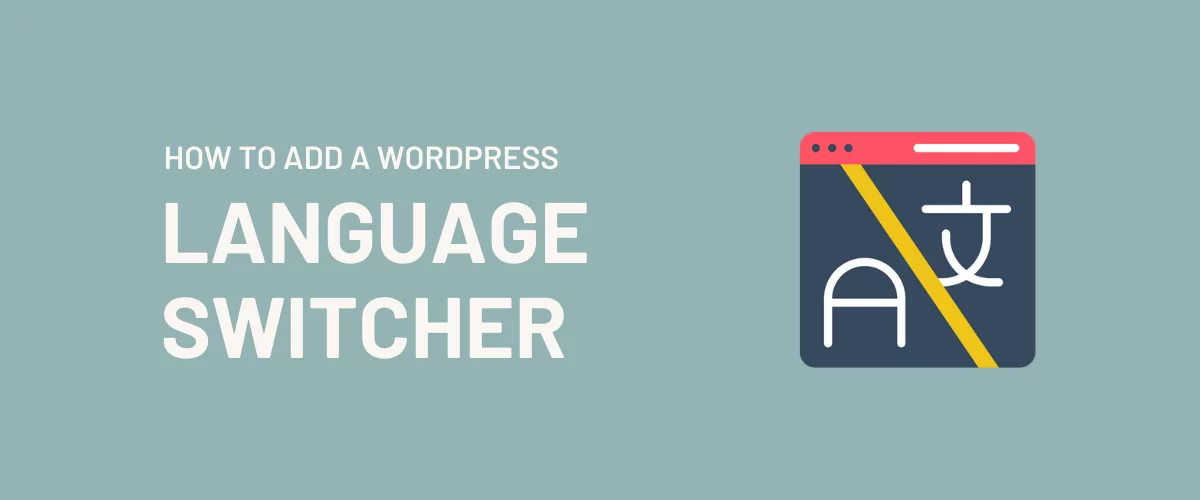
How to Add a WordPress Language Switcher to Your Website
No matter what kind of site you have, the easiest way to let visitors view your content in their preferred language is with a WordPress language switcher. In a nutshell, language switchers can be text, a button, or a dropdown on a page that users can click (or tap) to translate the content into another […]
Continue Reading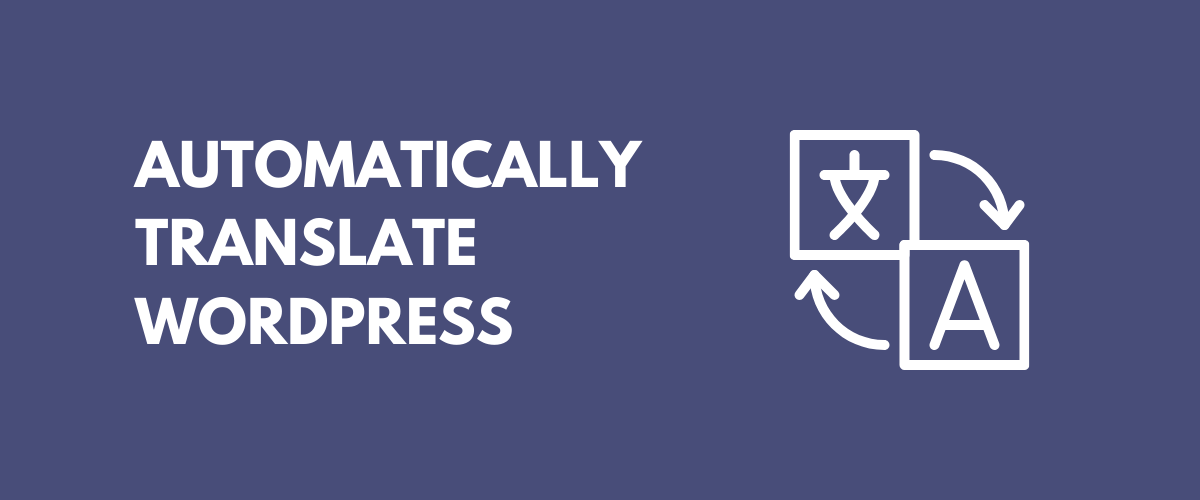
How to Automatically Translate WordPress Site (fast and with minimal costs)
Creating a multilingual WordPress site is a pretty laborious task. You first need to figure out what languages you want your site to be available in, then find the best translation plugin for your project. Only after this you’ll get to the part where you actually translate your site content. This process is probably the […]
Continue Reading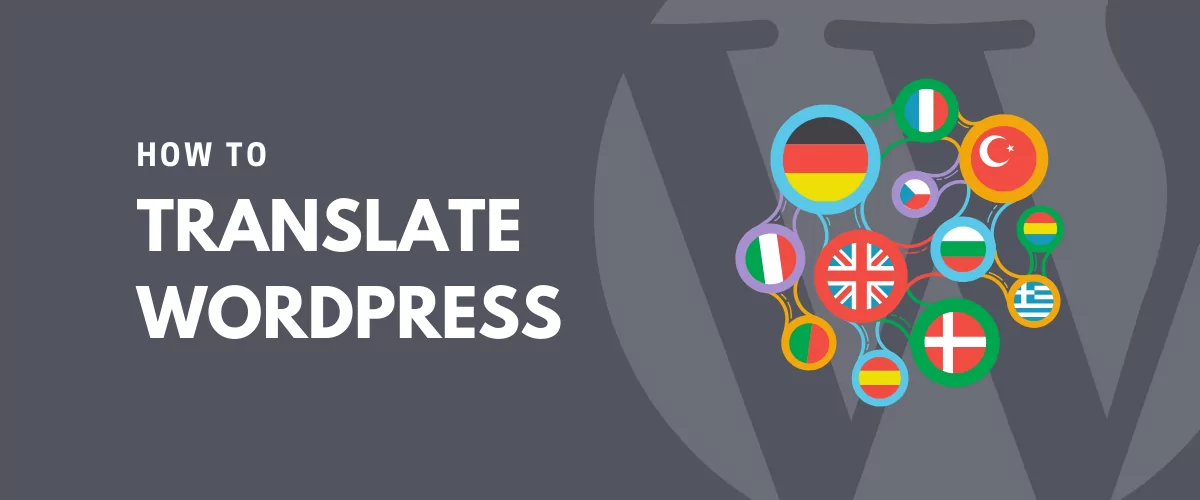
How to Translate WordPress (Ultimate Guide)
WordPress powers almost 43% of all websites and not all of them are in English. In fact, the number of non-English websites is on the rise, with 56% of WordPress sites being created in languages other than U.S. English. This shows there’s a huge opportunity for going multilingual and translating your site in multiple languages. […]
Continue Reading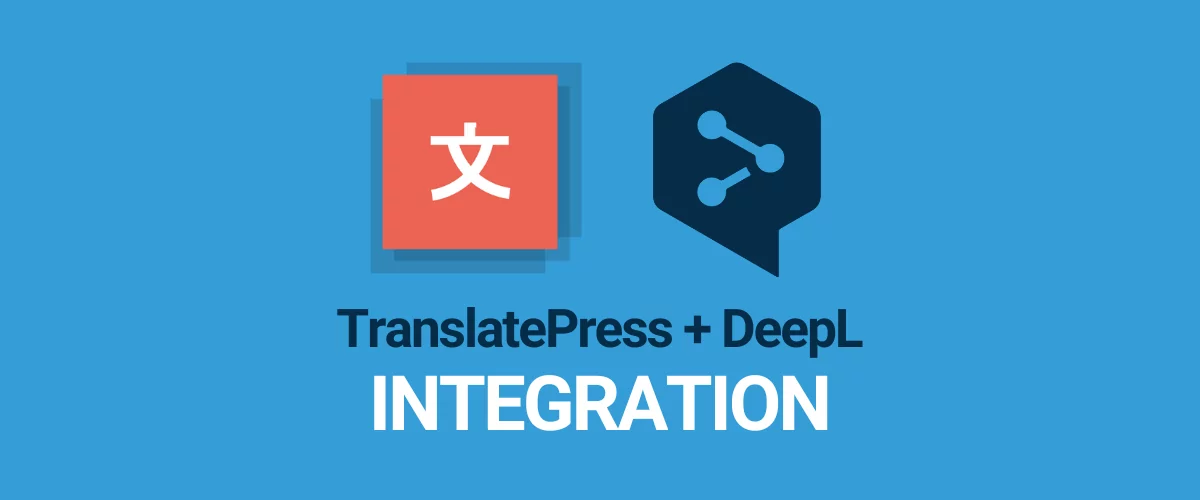
DeepL Integration available in TranslatePress
If you’re looking for an easy way to automatically translate your WordPress site, you can achieve this by using the new DeepL Integration available in TranslatePress. Since a significant amount of TranslatePress users have been enthusiastically requesting DeepL support (stating that it’s better than Google Translate), we had to oblige. The result: you can now […]
Continue Reading
How to Translate Sliders in WordPress (Any Slider Plugin)
Love ’em or hate ’em, sliders and carousels are popular design choices for a lot of WordPress sites. But if you’re looking to create a multilingual WordPress site, figuring out how to translate sliders in WordPress can be difficult because slider content exists outside the WordPress editor. You might be using a dedicated slider plugin […]
Continue Reading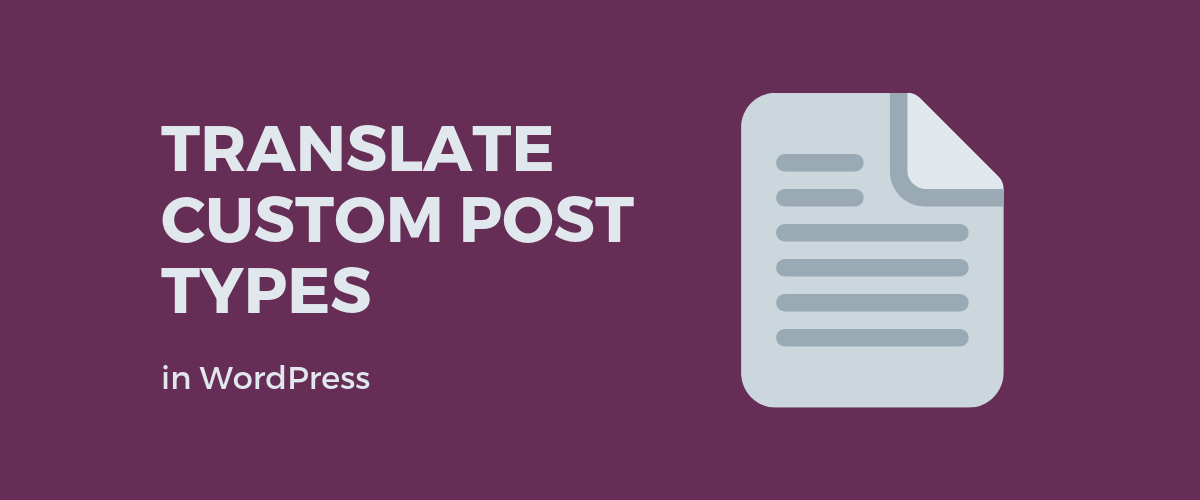
How to Translate Custom Post Types in WordPress
Custom post types, along with custom fields, help you take WordPress from its blogging roots and turn it into the full-service, flexible content management system that it is today. If you use custom post types on your site and are looking to go multilingual, it’s important to be able to translate custom post types in […]
Continue Reading